Paystack vs PayPal: A Comprehensive API Documentation Comparison
 Oyinkansinuola Olaniyan
Oyinkansinuola Olaniyan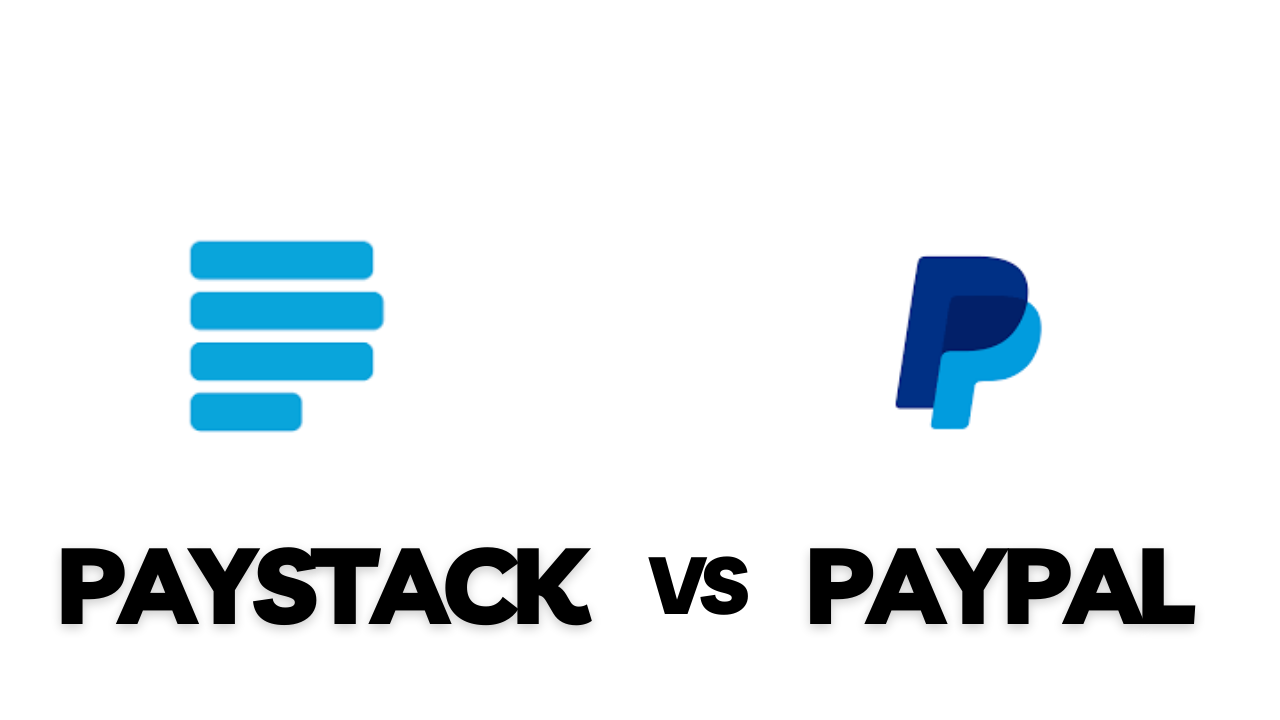
API Documentation Overview (Paystack vs PayPal)
Paystack and PayPal are popular payment gateways for businesses in Africa and globally. This analysis compares their API documentation in terms of structure, navigation, clarity, content completeness, and unique features. Each piece of content highlights the usability and user experience for new and experienced developers.
Structure and Organization
Paystack: Paystack organizes its documentation into distinct sections like Home, Payments, Terminal, Transfers, Identity Verification, Developer Tools, Libraries & Plugins, and Guides. The content includes clear explanations and features a search bar for easy navigation. Users can also test API keys in a dedicated section. Overall, the documentation remains user-friendly and accessible for new and experienced developers.
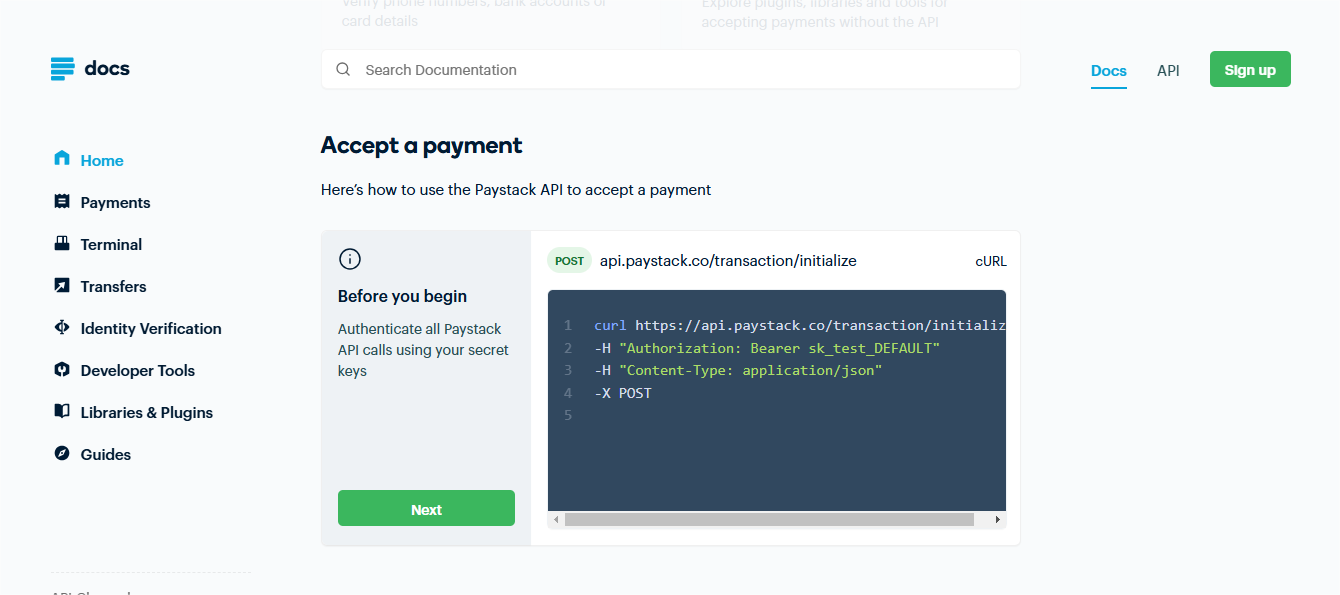
PayPal: PayPal offers comprehensive documentation that includes a wide range of API extensions such as REST, SOAP, and SDK. The documentation is organized into well-defined sections with a sidebar to access specific content, featuring clear writing and practical code examples. Additionally, it provides a demonstration section that shows how to access tokens using cURL or Postman.
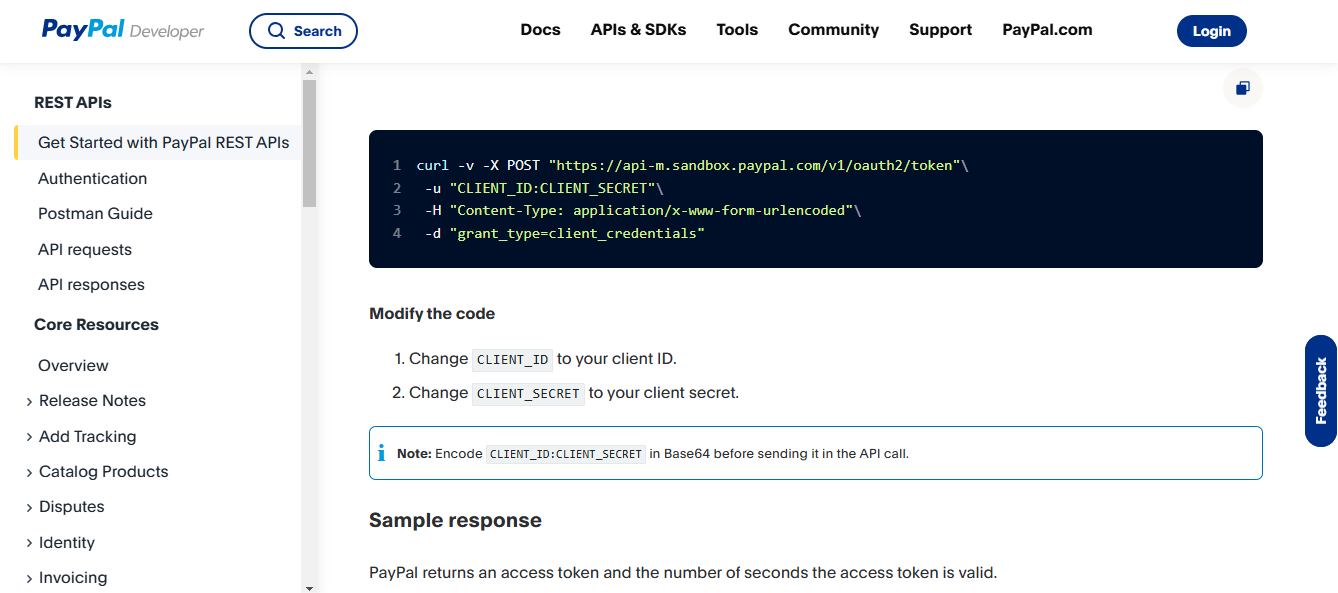
Ease of Navigation
Paystack: The content is concise and streamlined, making it accessible for users of all levels. The sidebar enables quick access to specific content, while the search bar enhances efficiency. It also offers a live demo section for testing APIs related to financial services.
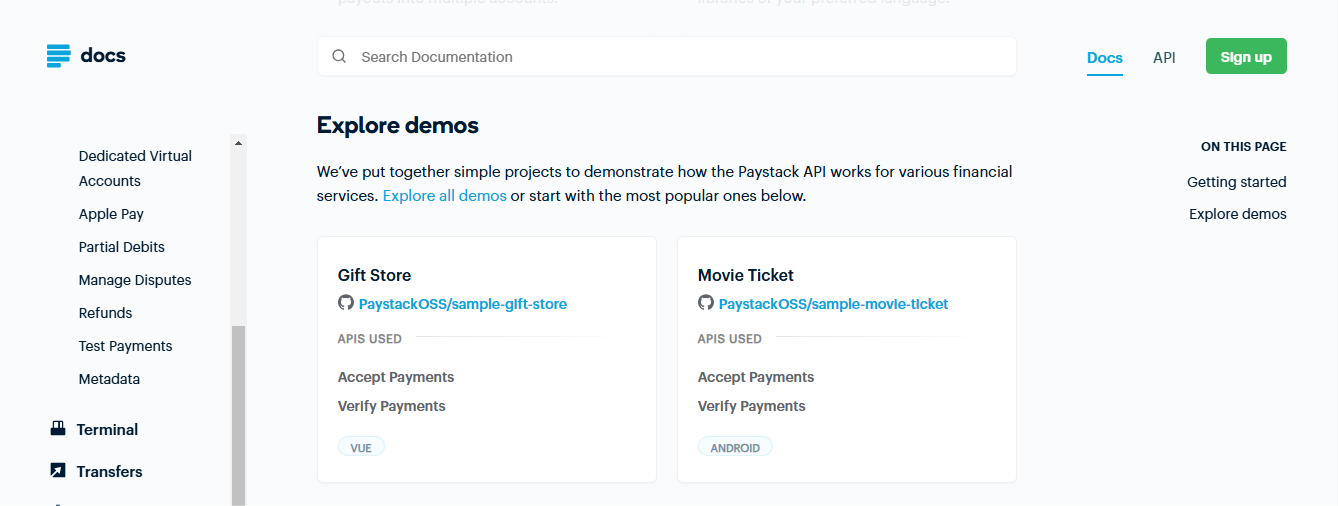
PayPal: The payment gateway offers a well-structured documentation and developer portal, but the number of APIs and features may be overwhelming for beginners. It offers a sidebar layout and search functionality, along with a sandbox testing environment that enhances the user experience.
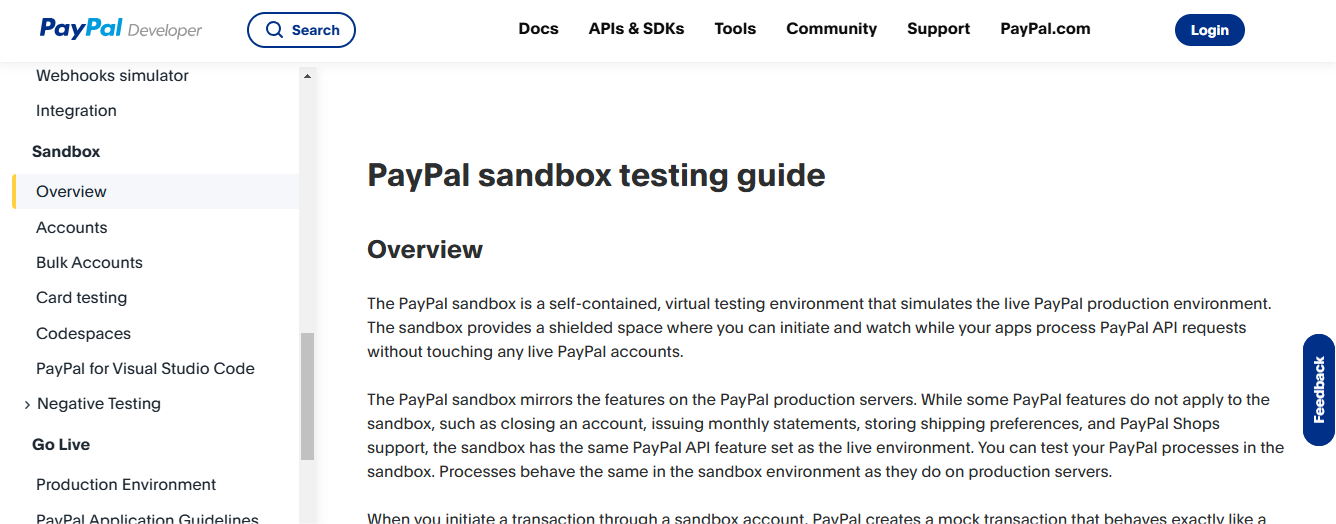
Clarity of Information
Paystack: Paystack APIs are well-structured for easy access to information, though the comprehensive documentation might be challenging for new users.
PayPal: PayPal presents concise and clear documentation that simplifies understanding for developers.
Completeness of Content
Paystack provides a reliable reference for APIs that cover realistic payment scenarios, such as card payments, bank transfers, and mobile money.
PayPal offers an extensive set of APIs for payment scenarios, though advanced features may require an in-depth documentation review.
Unique Features
Paystack’s strength lies in its dedicated focus on African markets. It offers seamless payment processing for local transactions and provides features tailored to the specific needs of users in different countries. Paystack also implements chargeback management and a robust system designed to prevent fraud.
PayPal's distinguishing feature is its acceptance in both global and African markets. It is recognized for its advanced features, such as subscription billing and recurring payment management.
Conclusion
Both Paystack and PayPal provide comprehensive documentation and extensive developer tools. However, Paystack's dedication to African markets makes it a compelling choice for regional businesses.
Subscribe to my newsletter
Read articles from Oyinkansinuola Olaniyan directly inside your inbox. Subscribe to the newsletter, and don't miss out.
Written by

Oyinkansinuola Olaniyan
Oyinkansinuola Olaniyan
Hey there! I'm a front-end developer and technical writer. When I'm not coding or trying to simplify technical jargon into concise articles, I'm exploring new technologies to incorporate into my work. Let's connect and create something amazing!